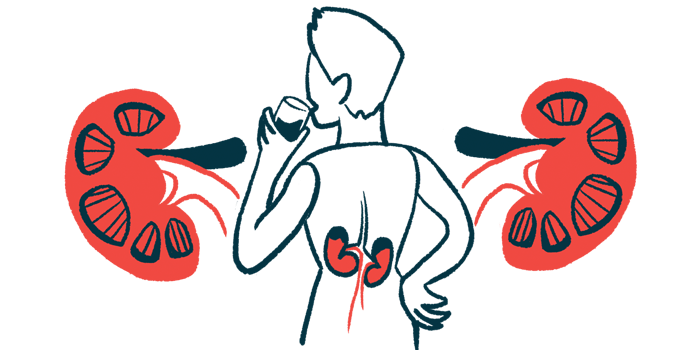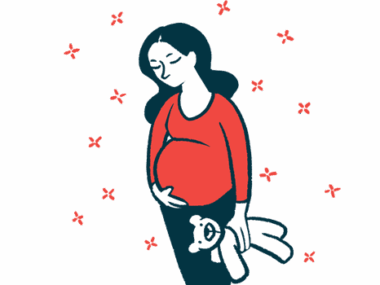Untreated aHUS in adults carries risk of severe kidney damage
Study: End-stage kidney disease is less likely in children within 5 years
Written by |

Adults with atypical hemolytic uremic syndrome (aHUS) in the U.K. who didn’t receive treatment with Soliris (eculizumab) had a 43% chance of developing end-stage kidney disease within five years, according to a study that found this severe form of kidney damage was less likely in children within the same timeframe.
“These findings underscore the importance of early aHUS identification and intervention to prevent [end-stage kidney disease] and improve patient outcomes,” the study’s researchers wrote. The study, “Demographics and baseline disease characteristics of UK patients within the global aHUS registry,” was published in BMC Nephrology.
Abnormal activity in a part of the immune system called the complement cascade is the underlying cause of aHUS. Complement dysregulation causes clots to form in small blood vessels, damaging organs, particularly the kidneys. aHUS is a type of thrombotic microangiopathy (TMA), diseases marked by blood clot formation and organ damage. Several overlapping factors, including genetics, environmental triggers, and other diseases, can contribute to aHUS and other types of TMA.
“It can be challenging to differentiate whether the TMA is being driven by a triggering (or “secondary”) condition, or whether the disease is being driven by genetic or autoimmune defects in complement regulatory proteins causing chronic complement dysregulation,” the researchers wrote.
Soliris is an approved aHUS treatment that inhibits a key step in the cascade of complement activation. In 2015, the U.K. National Institute for Health and Care Excellence (NICE) recommended funding Soliris for aHUS. Before this, about half of those with aHUS developed end-stage kidney disease.
Effect of Soliris on kidney-related outcomes
Here, researchers examined the characteristics of people with aHUS in the U.K. over about a decade. They also assessed kidney-related outcomes before treatment with Soliris was started. The researchers used data from U.K. participants enrolled in the Global aHUS Registry (NCT01522183), an observational study that began in 2012.
The analysis was made up of 172 patients — 98 adults and 74 children. The adults started showing signs of disease onset at a median age of 33.1, while the children did at a median age of 2.7.
A subset of 104 people participated through sites still active in the registry and had at least some genetic testing data. Of these, 52.9% had a genetic mutation linked to complement system dysfunction and aHUS development. These included variants in the CFH, C3, CFB, CFI, and CD46 genes. Twenty-four patients (14%) had a medical history that included at least one potential trigger for aHUS, pregnancy and kidney transplant being among the most common.
Most (71.7%) participants who developed end-stage kidney disease after the onset of aHUS did so before NICE recommended Soliris be funded for the disease. Adults who didn’t receive Soliris had a 43% chance of developing end-stage kidney disease within five years of the onset of the disease, analyses indicated. In untreated children, the probability of developing end-stage kidney disease within the same time was 20%.
A higher risk of developing end-stage kidney disease was observed in people with CFH or C3 mutations. Analyses also “confirmed initial [aHUS] presentation during adulthood to be an independent risk factor for [end-stage kidney disease],” the researchers wrote. “This highlights the considerable disease burden … for patients with untreated aHUS.”
More adults than children had aHUS manifestations outside the kidneys. Gastrointestinal problems were the most common, being reported in 25.5% of adults and 17.6% of children. Disease manifestations involving the brain or spinal cord impacted 17.3% of adults and 2.7% of children.
“The findings of this study highlight the historically poor prognosis for patients with newly diagnosed aHUS when untreated,” wrote the researchers, who said their findings are “broadly consistent with other national analyses of the aHUS Registry.”






